Review
My relatively short stink in the Sorento PHEV is coming to an end, and there are some things I will miss about the car.
We were treated to the highest specification 4 grade, which comes loaded with kit as standard, including a head-up display, heated and ventilated front seats, wireless phone charging and many other features.
The car is fundamentally good, and to deliver seven-seat versatility plus a hybrid powertrain carrying a battery that needs to be plugged in to charge is still a relatively rare combination in the car industry.
But the hybrid powertrain is perhaps the Sorento’s biggest let down. Among the varies things you need to go into the menus to set after starting the car (including a speed limit warning that can nag you after misreading speed limit signs when you’re still driving like a saint), includes the energy regeneration setting for the battery.
This is always off by default, but you’d think that with a battery that can only provide just over 30 miles when fully charged (wink – actually its more like 25 on a good day), the default would be to scavenge any energy it might be able to that was otherwise going to waste through braking.
If drivers can’t manage the heavier retardation when lifting off the accelerator, or dislike the sensation, surely it should be for them to switch off the setting after starting the car. Not to mention the fact that the car reject requests to go into this mode when the battery is fully charged. Only when some electricity is spent on the journey will it consider allowing you to recapture surplus energy.

I mentioned previously that the battery only draws charge at up to 3.6kW, so it is more or less impractical to plug in during a break in a long journey and replenish any useful amount of energy.
The 1.6-litre turbocharged petrol engine is also invariably showing signs of working hard when the charged element
The Sorento PHEV is a car crying out for the latest generation of hybrid technology when drivers can realistically expect at least 50 miles on a charge, which could then be a useful stepping stone for people wary of going to full EV with fewer compromises.
Even in 2025, the best version of the Sorento is the diesel version. It has more than 200hp, is refined and effortless on the motorway, is a very capable towing vehicle, and can drive maybe 700 miles on a full tank.
The full hybrid is a reasonable compromise although still too thirsty on motorway journeys. The PHEV is a promise never delivered, and a frustrating car to live with as a result.
Does this PHEV make sense?
Hedging bets is a strategy used to reduce the risk of losses. The chances of winning big may be lower, but the overall chances of winning are improved.
The Kia Sorento PHEV – and plug-in hybrids in general – could a useful analogy. The switch to a full electric car brings risks for many people. It requires changes in lifestyle and in driving habits, and for the few retail customers who may consider buying one outright, the residual value risk is high.
Likewise, remaining in a pure ICE car risks being on the wrong side of legislation introduce to drive consumer behaviour away from emissions-producing vehicles, or local low emission zones.
Full hybrids, while able to run on electric at low speeds for short distances, can’t drive a typical journey only using electric.
So you’d think a plug-in hybrid offers the best of both worlds. Driving the Kia Sorento PHEV, I’m not so sure.
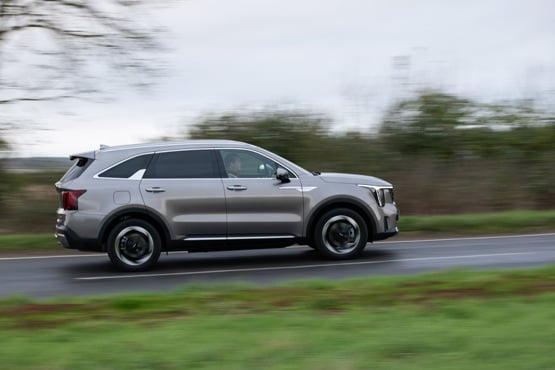
On paper, the battery offers just over 30 miles of zero-emission driving, although during the winter months I’ve yet to drive it on a relatively short journey when the engine didn’t fire up and idle to generate heat for the cabin.
And to gain the larger battery over the full hybrid version of the Sorento, it has sacrificed 20 litres in the fuel tank. So for that you gain 30 miles of EV range where the full hybrid would happily spend 150 miles of motorway driving with that 20 litres of unleaded.
While short journeys can be comfortably completed on battery power alone (although with some engine idling), very long journeys result in refuelling stops.
Of course, you could argue that if you were in a full electric car, long journeys would also require stops, and with the PHEV, at least you’re on your way again a few minutes later, whereas recharging an electric car requires a coffee break.
This is all true, but at least a fully electric car would be drawing energy at a higher rate than the pedestrian 3.6kW that the Sorento can accommodate. It feels a bit like old tech when a 30-mile charge from my 7kW home charger takes more than four hours, and the public charging network has evolved with many more rapid chargers. I’m not going to spend four hours at a Welcome Break charging a PHEV, even if I could find a charger that would accommodate it.
So while my driving in the Sorento PHEV has been largely trouble free, I can’t help wishing it would do more. We’re in a brief window where legislation and tax still favours PHEV over cars that you can’t plug in, and the Sorento feels like it isn’t trying hard enough to demonstrate what the technology is capable of.
Kia Sorento PHEV joins our fleet - A sign of the chimes
I took delivery of the updated Sorento as a swap for our suddenly out-of-date EV6, whose loan with us had been overtaken by the launch of the updated model in October.
There’s no chance of that happening with the Sorento, as it had its makeover in the spring.
Our most recent benchmark on long-term test ahead of the updated model was the full-hybrid version we ran from late last year until the spring.
This time we decided to go for the plug-in hybrid variant to see if this could be a valuable stepping stone for someone in the transition process to fully electric.
The front of the Sorento has undergone a transformation giving it the family look introduced with the EV9. Equipment grades revert from the previous Vision and Edition (entry level and higher, respectively) to 2, 3 and 4, and our 4 is vaguely equivalent to the Edition grade units predecessor but the upgrade has added a few extra items.
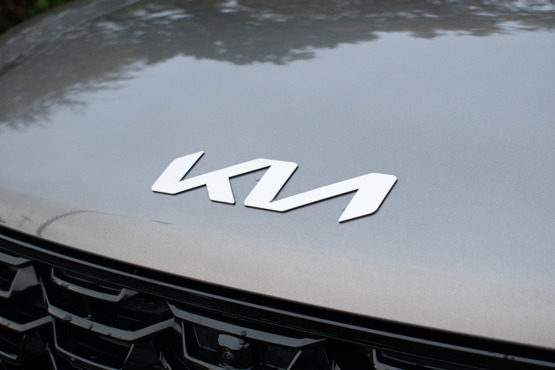
That means it comes with heated and ventilated front seats, heated outer second-row seats, an opening panoramic glass roof, as found in the previous Edition grade, but an enhanced head-up display and camera display for the rear view mirror. For the former, when in cruise control mode, it displays surrounding traffic as animated blocks relative to your position, and for the latter, should you be carrying a full complement of passengers.
The adaptive cruise control also features an automatic lane-change function, where indicating to change lanes prompts the car to carry out the manoeuvre itself if the various conditions are met. For this it keeps the indicator running for the whole duration of the exercise.
The suite of driver assistance systems provide audible alerts and various chimes that can be heard throughout a typical journey in the Sorento. Of course, new cars since April 2024 now sound an alarm should the car exceed the speed limit. This can be deactivated manually, but comes on by default when starting the car.
That’s fine. Exceeding the speed limit can be dangerous. But it depends on the camera to recognise the speed limit from reading and recognising road signs, which it does not always achieve with accuracy, making the alert doubly annoying if you know you are well within the true speed limit.
Then there's another chime when the speed limit changes. That would be fine if my vision was below the standard required for driving. But it isn’t, clearly, as have been the holder of a driving licence for longer than I care to remember, and I haven’t been told there’s any reason why my eyesight is not up to the job.
What I’m getting at here, and the Kia Sorento is not the only car to engage in this ultra-intensive nannying of the driver, is that many of these alerts would be just as effective as a subtle visual warning on the instrument display, or head-up display in the case of our Sorento.
As things stand, the cacophony of alerts and warnings only serve to irritate, and discourage the driver from leaving the systems running where they can be switched off.
No doubt it’s something I’ll get used to as the months progress behind the wheel.
Author:
Simon Harris
Contributor
Specs
| Manufacturer | Kia |
| Model | Sorento Station Wagon |
| Specification | Kia Sorento Station Wagon 1.6 T-GDi PHEV 4 5dr Auto |
| Model Year | 2025.00 |
| Annual VED (Road tax) | £110 |
| BIK List Price | £55,940 |
| Range | 34.00mile(s) |
| CO2 | 37g/km |
| BIK Percentage | 13% |
| Insurance Group | N/A |
| CC | 1,598 |
| Fuel Type | Petrol Parallel PHEV |
| Vehicle Type | Large SUV |
| Luggage capacity (Seats up) | 175litres |
| Doors | 5 |
Running Costs
| P11D | £55,940 |
| Cost per mile | 58.85ppm |
| Residual value | £26,025 |
| Insurance group | N/A |
| Fuel Type | Petrol Parallel PHEV |
| Cost per mile | 167.29ppm |
| Fuel | 3.57ppm |
| Depreciation | 161.45ppm |
| Service maintenance and repair | 2.27ppm |
Rivals
Info at a glance
-
P11D Price
£55,940
-
MPG
176.6 (WLTP) -
CO2 Emissions
37g/km -
BIK %
13% -
Running cost
3 Year 60k : £26,025 4 Year 80k : £21,250 -
Fuel Type
Petrol Parallel PHEV -
Range
34.00mile(s)



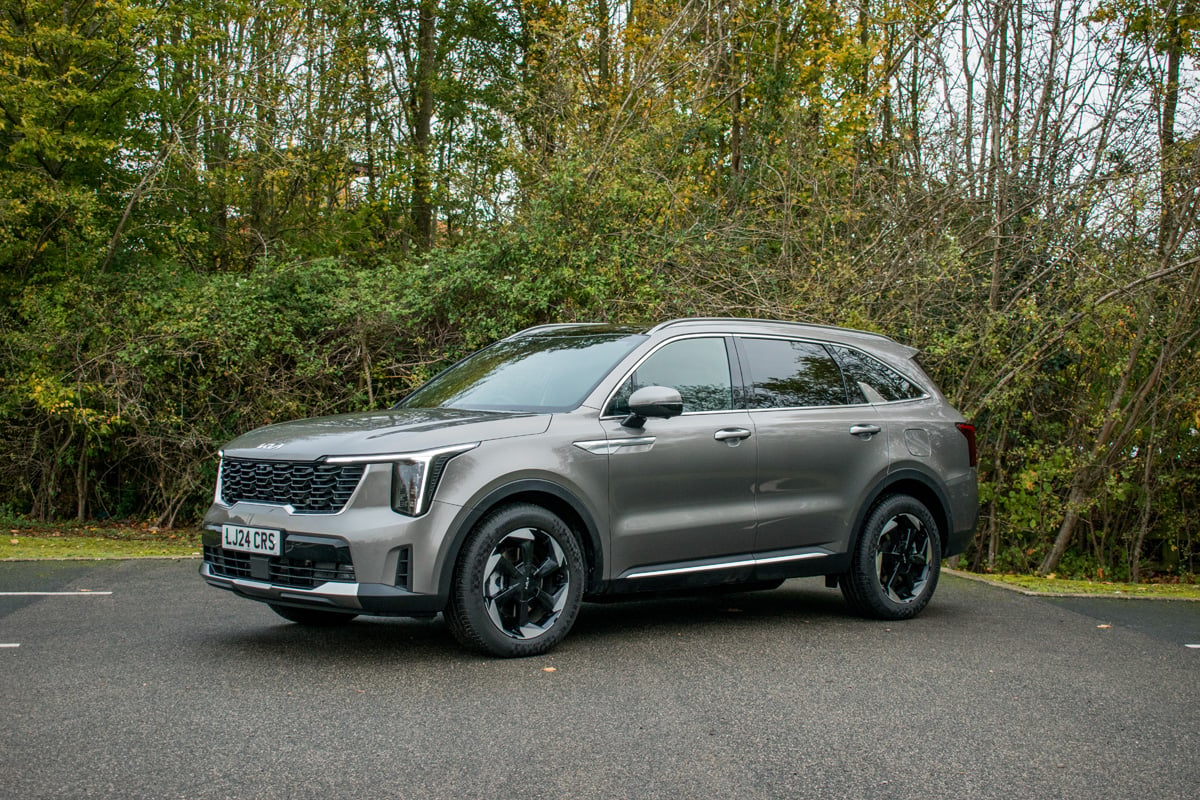












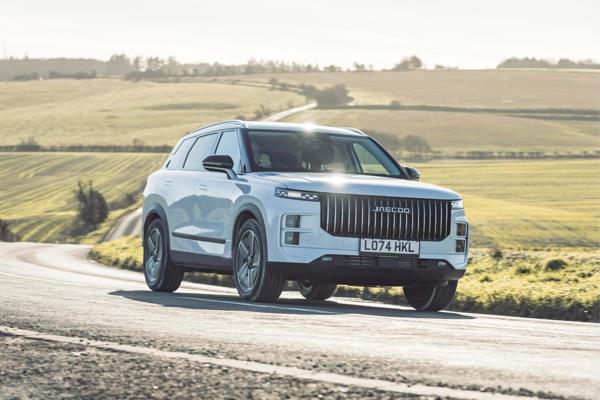


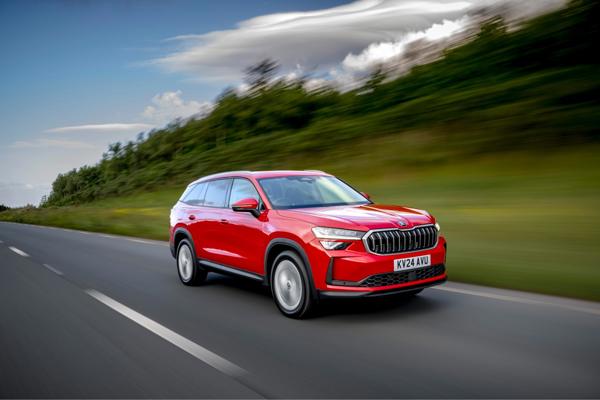
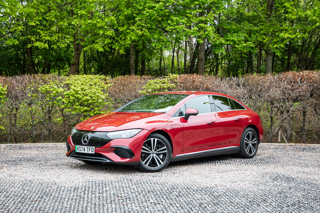
















Login to comment
Comments
No comments have been made yet.